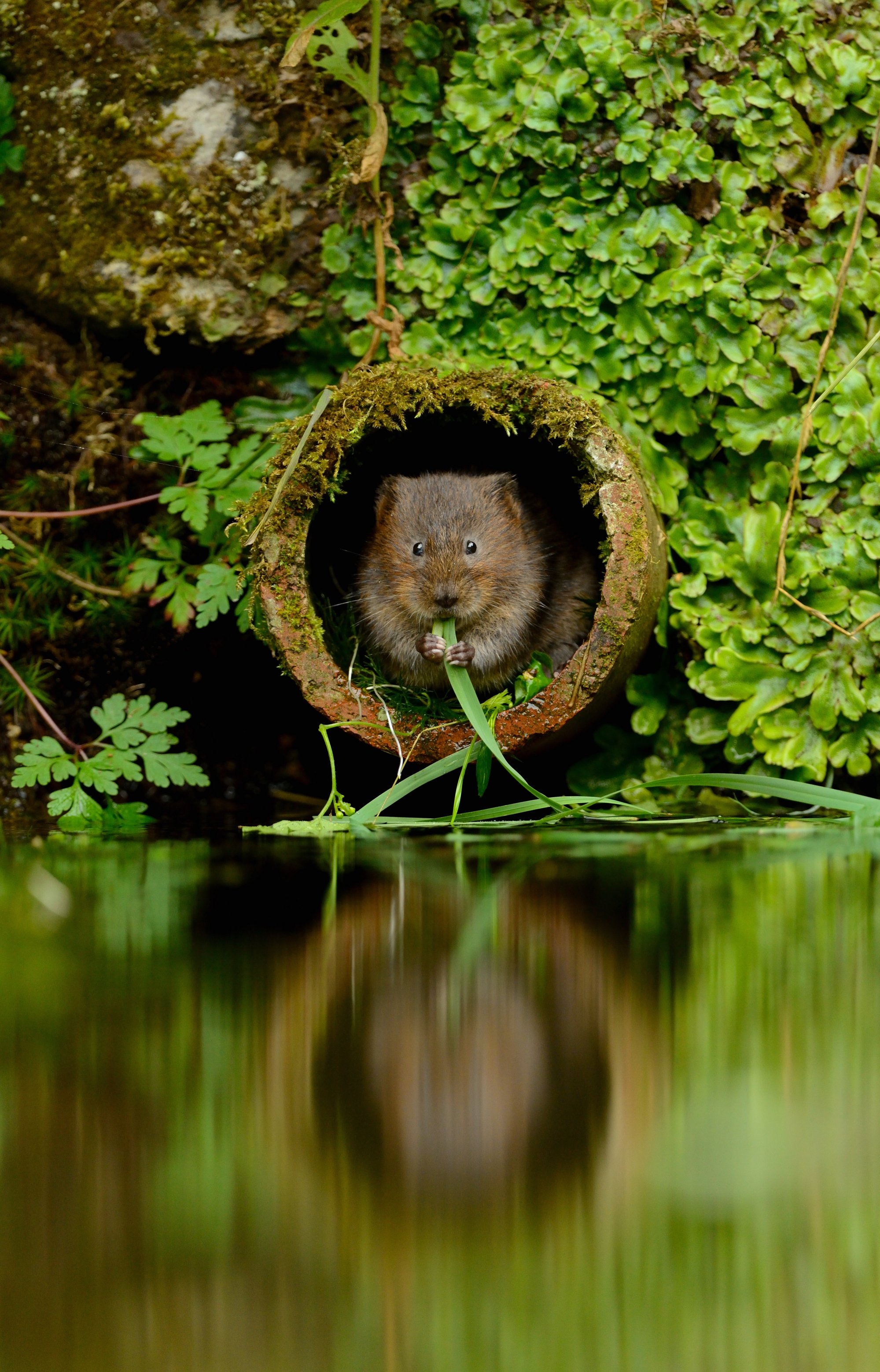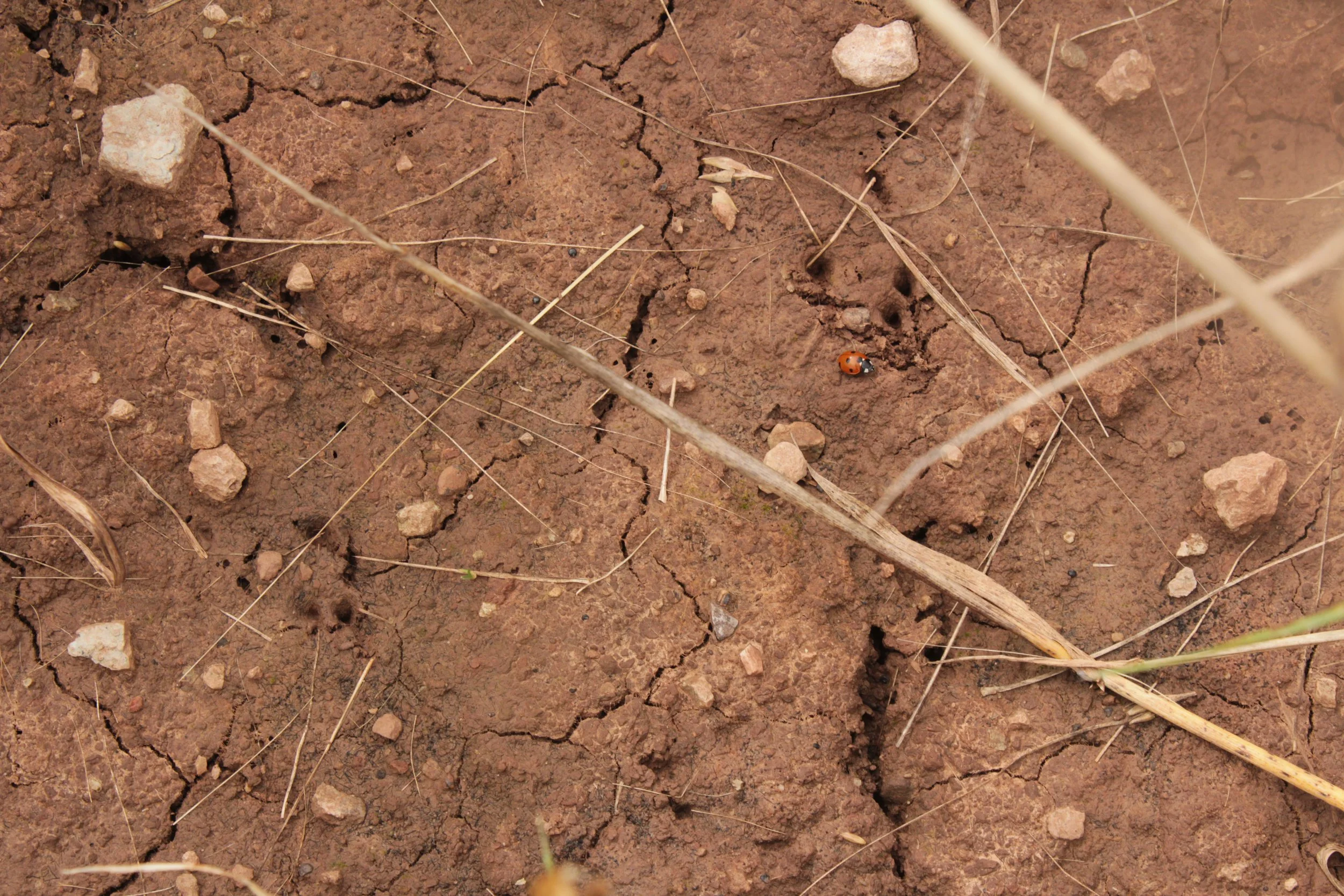Home / British mammals / Field vole
Field vole
Scientific name: Microtus agrestis
The field vole is grey-brown above and creamy-grey below. The tail is much shorter than in the bank vole and the eyes are less prominent and the snout more rounded than in mice. Found throughout mainland Britain, they are absent from a number of islands.
Taxonomy chart
Animalia - Chordata - Mammalia - Rodentia - Cricetidae - Microtus - M. agrestis
Conservation status: UK Red List
GB: Least Concern
England: Least Concern
Scotland: Least Concern
Wales: Least Concern
Global: Least Concern
Species information
Habitat: Urban & gardens, deciduous woodland, grassland, mixed woodland, heathland, arable land.
Description: Grey-brown fur above, creamy-grey fur below, has tail much shorter than the bank vole, and fur is shaggier, covering the ears. Rounded snout, less prominent eyes than mice and ears are furry.
Size: 9-11.5cm; tail is <40% of head and body.
Weight: 20-40g.
Lifespan: The average life span of a field vole is up to 1 year.
Origin and distribution
Field voles are found throughout mainland Britain and remains date back to before the end of the last glaciation, 11000 years ago. They are absent from a number of islands including Shetland, the Isle of Man, Isles of Scilly, Lundy and Ireland and replaced by larger Orkney and Guernsey voles on the respective islands. The field vole occurs typically in ungrazed grassland or in the early stages of forestry plantations but may also live in woodland, hedgerows, dunes, scree or moorland, wherever grass is available. Shredded grass leaves are used to make their nests which are about 10cm in diameter and may be built at the base of grass tussocks, in underground burrows or even under sheets of corrugated iron.
Diet
Grass is the field voles’ major food source, with bents, fescues and hair grasses being preferred.
General ecology
Like all small mammals, the field vole is host to a number of parasites, carrying fleas and possibly ticks and worms. It must be particularly careful to avoid predators which include kestrels and owls, together with foxes, weasels and stoats. The number of young reared by kestrels and owls has been shown to increase when vole numbers increase. In extensive grasslands, field vole populations may fluctuate on a 4-year cycle with numbers increasing tenfold between the lows and highs.
Breeding
The breeding season begins in March/April and ends between October and December. Four or five young are normally found in each litter and females will give birth to five or six litters each year. Although this gives rise to large numbers, population turnover is rapid. Voles do not hibernate but moult to cope with the inevitable change in temperature with the seasons. Moulting provides a dense layer of fur for winter and a “lighter” coat in spring.
Conservation status
Field voles are very widespread and are currently thought to be the most common British mammal; a recent population estimate put the number of field voles in Britain at 75,000,000. Although the field vole is numerous, it is still important to consider conservation methods and maintain biodiversity within habitats because field voles are so important to owls and other predators. Leaving wide field margins beside hedgerows provides cover and food which will encourage and maintain populations. Long grass on roadside verges is also important. A varied woodland area will encourage small mammals and groups of branches should be left when clearing patches of ground.
Identification
Grey/brown fur above, creamy/grey fur below and a short tail. Rounded snout and small eyes and ears (ears usually not visible, hidden under fur). Head and body length 9-12cm, tail length 1-5cm (tail about 30% of head and body length).
Download resources
Confusion species
Bank vole (Myodes glareolus)
Red/brown on top, unlike yellowish or grey/brown of field vole. Similar size to field vole (around 9-12cm) but tail proportionately longer than that of field vole, being 50% length of head & body, whilst field vole is 30% (this is the main distinctive feature between the two as they are very similar).
Water vole (Arvicola amphibius)
Water vole much bigger than field vole, with head and body length of 14-22cm compared to 9-12cm. Dark brown coat (on occasion can be black), visibly much darker than field vole.Tail 60% length of head & body, proportionately longer than field voles, which is 30%.
Mice
Mice have proportionately much larger, more prominent eyes and ears than voles (vole ears are often subtle and covered by fur). Mice have more pointed muzzles, whilst voles have a more rounded muzzle. Mice have longer tails. There are exceptions of course: water voles have long tails and harvest mice are often said to have vole-like proportions, as they have a more rounded muzzle and subtle ears and eyes.
Identify sounds
Heard a curious animal sound but no idea whose making it?
Wildlife identification FAQ
Still not sure what you’ve found? Head over to our FAQ for an answer.







